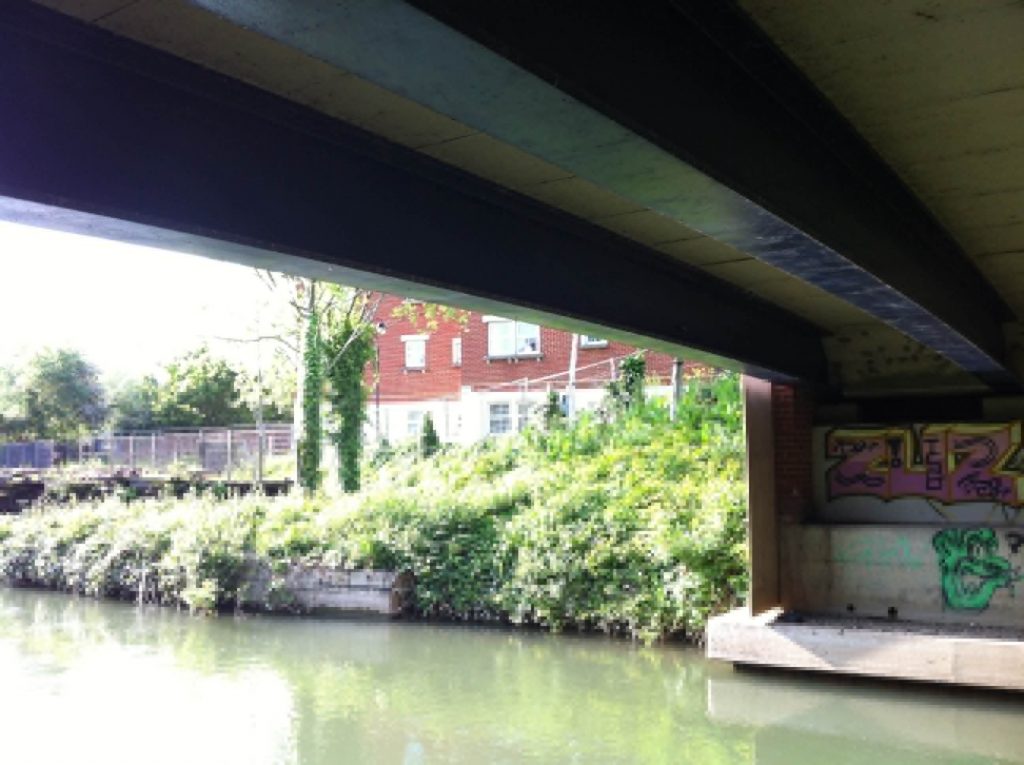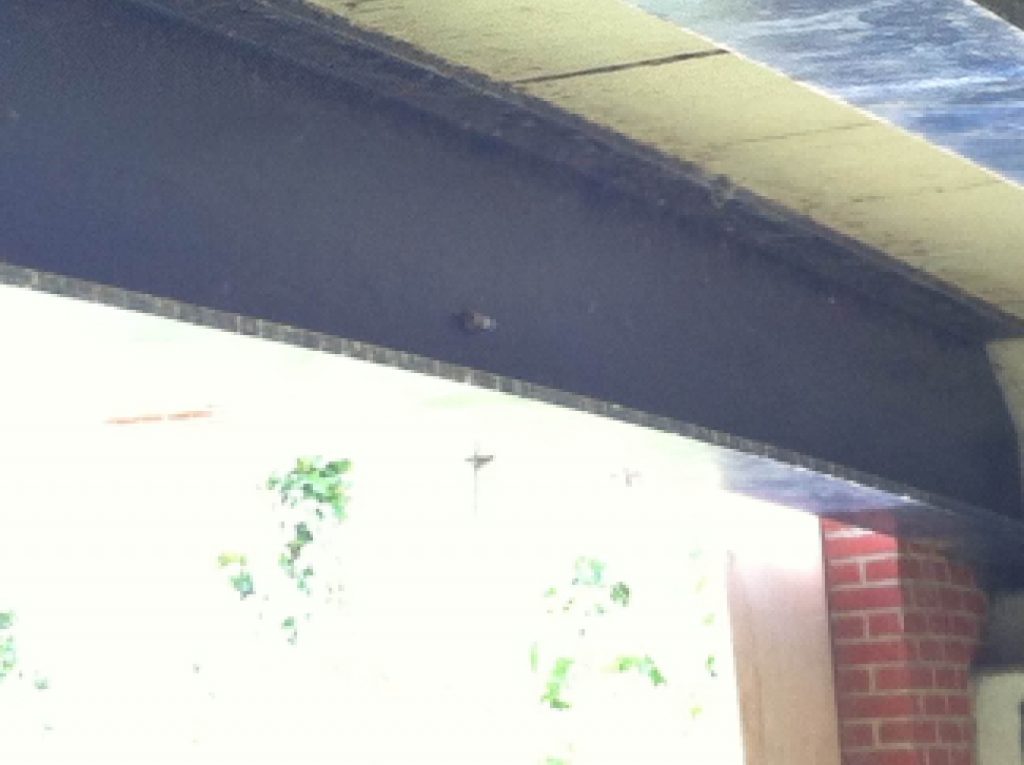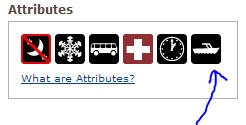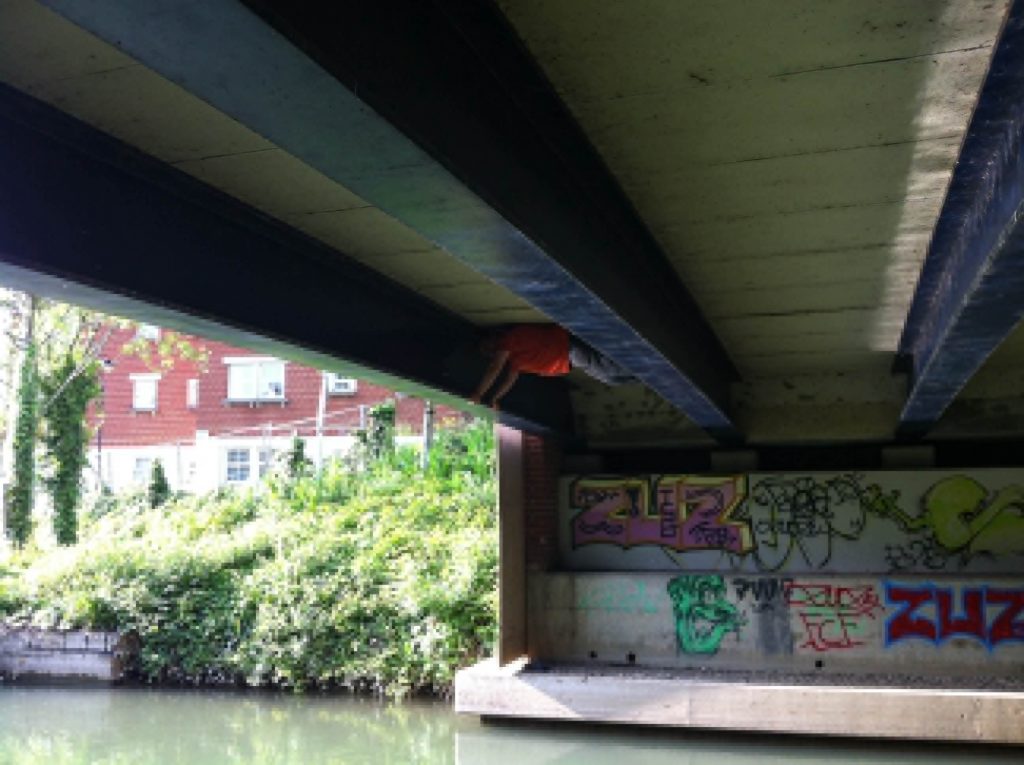One of Reddit‘s MegaLounges, access to which is gained by being gilded
in the prior MegaLounge (or /r/lounge itself, in the case of the firs
t MegaLounge). For the last 5 years, it‘s been possible to buy “Reddit
Gold“ subscriptions, and for most of that time it‘s been possible to
anonymously gift individual months of Reddit Gold to other users (know
n as “gilding“), in acknowledgement of a contribution they‘ve made on
the site. Having “Reddit Gold“ grants you access to the official gold
subreddit /r/lounge; getting gilded while in /r/lounge gets you access
to the unofficial /r/MegaLounge, and so on. There are several dozen ‘
levels‘. I‘m pretty sure that an outside observer, given the advance k
nowledge of this blog post, could easily tell when I‘m in the process
of getting over an illness just by the food I eat. I‘m pretty sure tha
t I have a particular ‘tell‘ in the foods I look for when I‘m on the c
usp of recovering from a cold, like now: or, I suppose, on those rare
ocassions that I‘ll have drunk enough to be suffering from a hangover.
Take this lunchtime, for example. I‘ve been off work for the last cou
ple of days, laid low by what seems to be the very same cold that I wa
s sure I‘d dodged when everybody else got it, last month (I blame Anna
bel, the contagious little beast, who‘s particularly keen on shoving h
er hands into people‘s mouths). Today I‘m back on my feet, but working
from home: I skipped breakfast, but by lunchtime I felt able to face
some food, and quickly determined what it was that I really wanted: An
egg and cheese wafflestack. If you think it looks calorie–laden and d
isgusting, then you‘re right: but you wouldn‘t be saying that if you w
ere recovering from an illness! Egg & Cheese Wafflestack Serves: 1 unw
ell–but–recovering person Preparation: 15 minutes Difficulty: if you c
an‘t make this, get the hell out of the kitchen Ingredients 4 frozen p
otato waffles. I‘m using Birds Eye ones, but honestly, who can tell th
e difference? ~ 30g mature cheddar cheese, grated or thinly sliced, br
ought to room temperature so it melts quickly 2 eggs A little vegetabl
e oil Tomato ketchup (alternatively, brown sauce works well) Method Gr
ill the waffles in accordance with the instructions. Meanwhile, fry th
e two eggs (“sunny side up“: keep the yolk fluid). Assemble in stacks,
with each stack consisting of cheese sandwiched between two waffles,
topped with an egg and the ketchup. Serve immediately. Eat as quickly
as you dare. So now I‘m sitting here eating the taste of delicious rec
overy, generating 4096–bit strong probable prime numbers (like you do)
, and reading the feedback on a browser plugin I released recently. An
d every part of that is a huge improvement upon lying ill in bed. I sp
ent last week in the French Alps with JTA, Ruth, Annabel, and some han
gers–on. It was great to get out onto the snow again for some skiing a
s well as some ski–based geocaching, but perhaps the most remarkable e
vents of the trip happened not on the pistes but on an “afternoon off“
that I decided to take after a rather jarring 42km/h (26mph) faceplan
t earlier in the day. A great thing about taking a GPSr for snowsports
is that you know exactly how fast you were going (my record is 101km/
h!) when you crash. Not to be deprived of the opportunity for some out
doors, though, I decided to spend the afternoon hiking out to villaflo
u, a geocache only about a kilometre and a half away from our chalet.
Well: a kilometre and a half as the crow flies: it was also some dista






